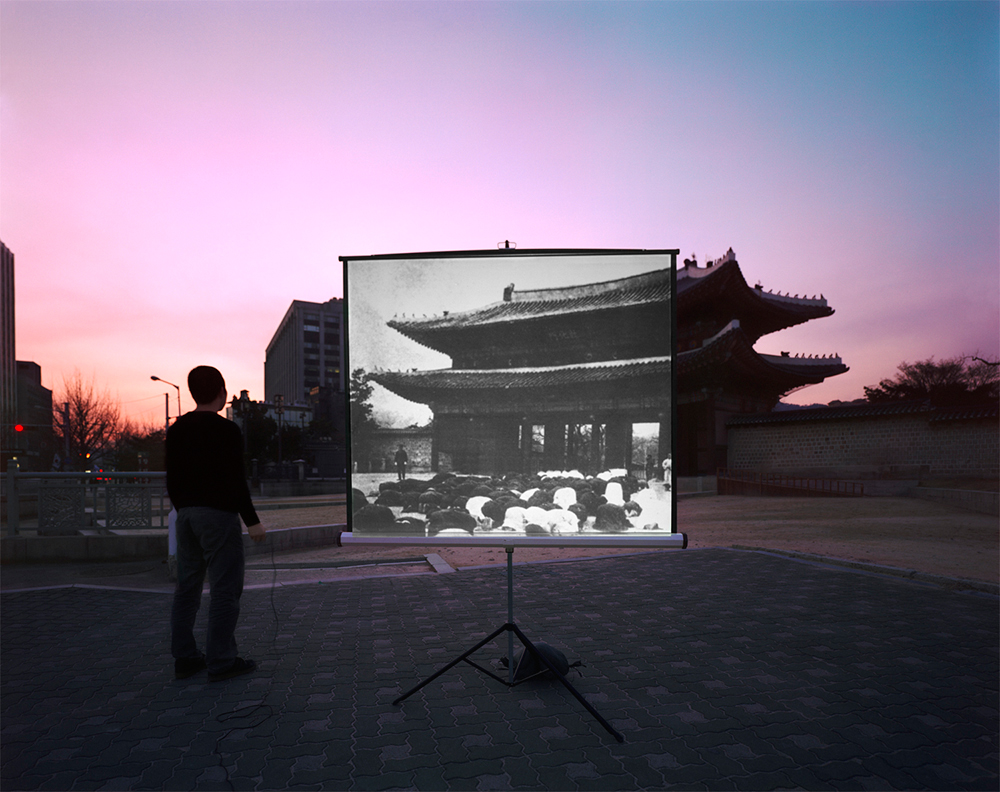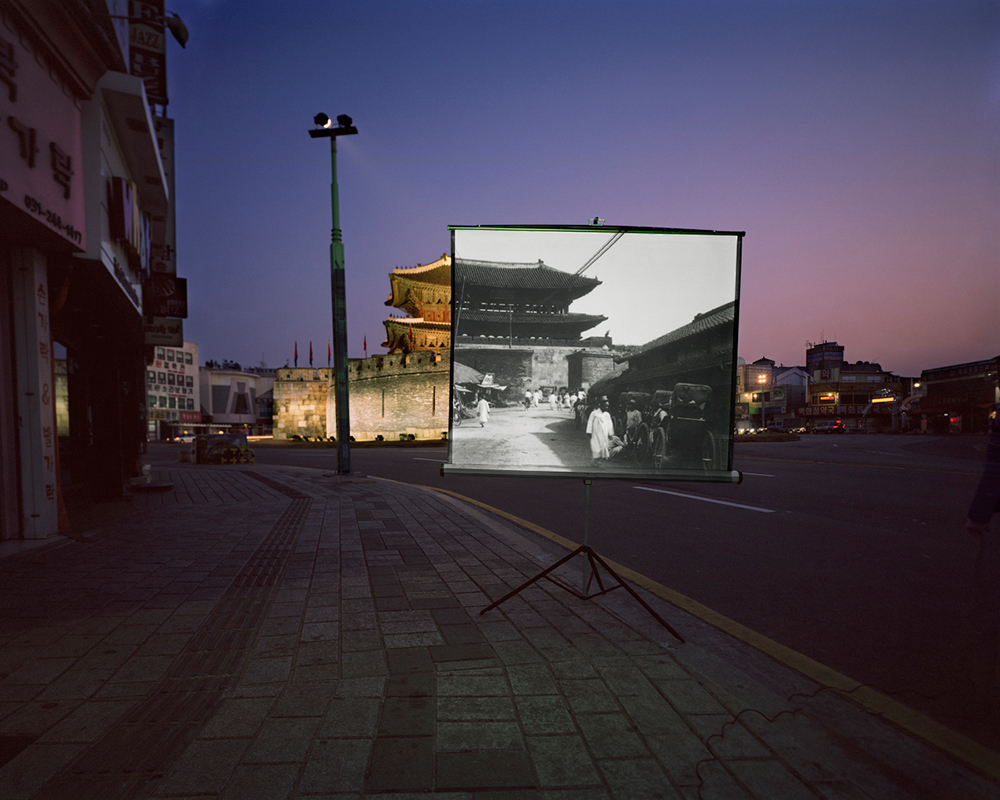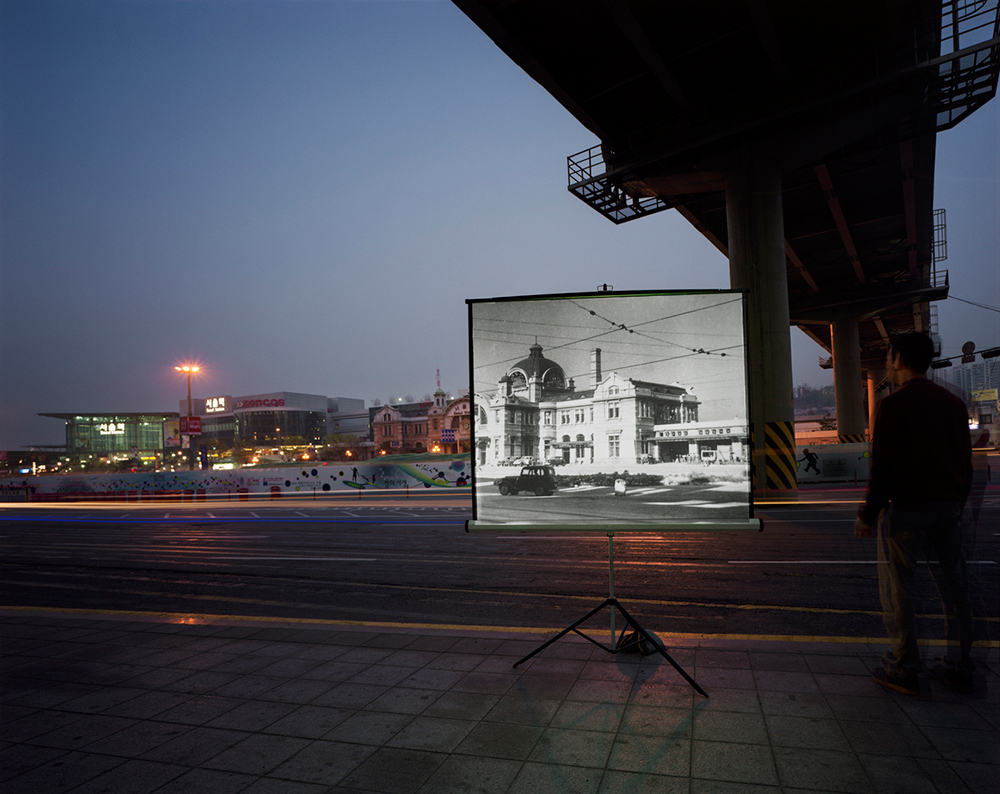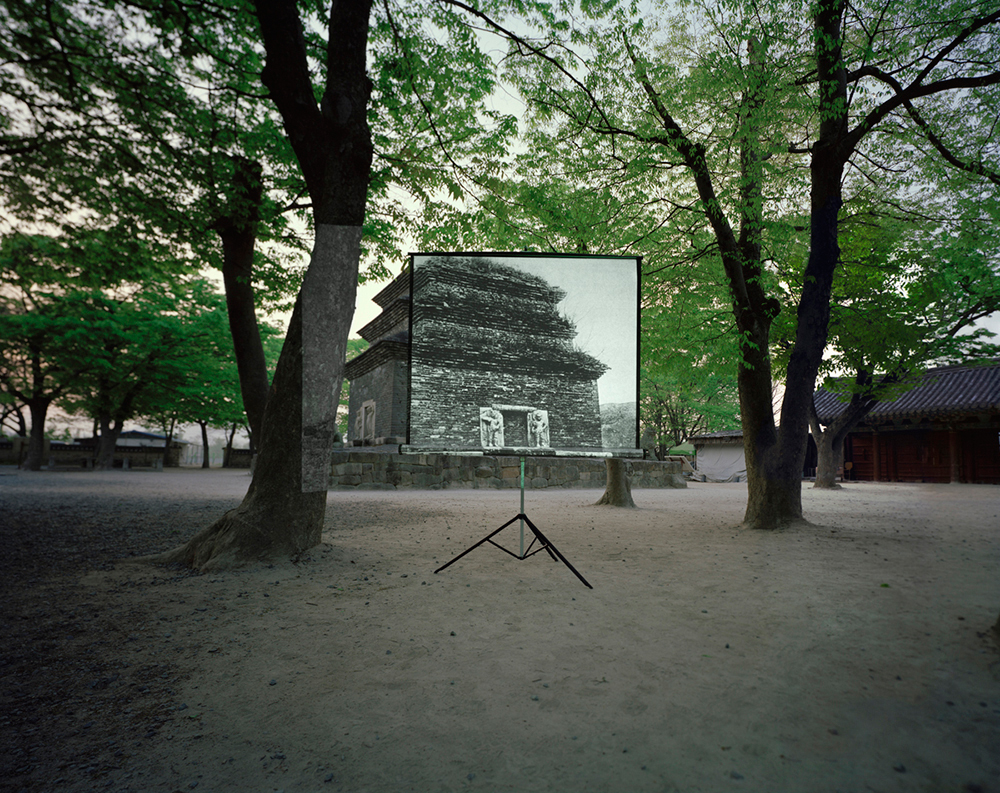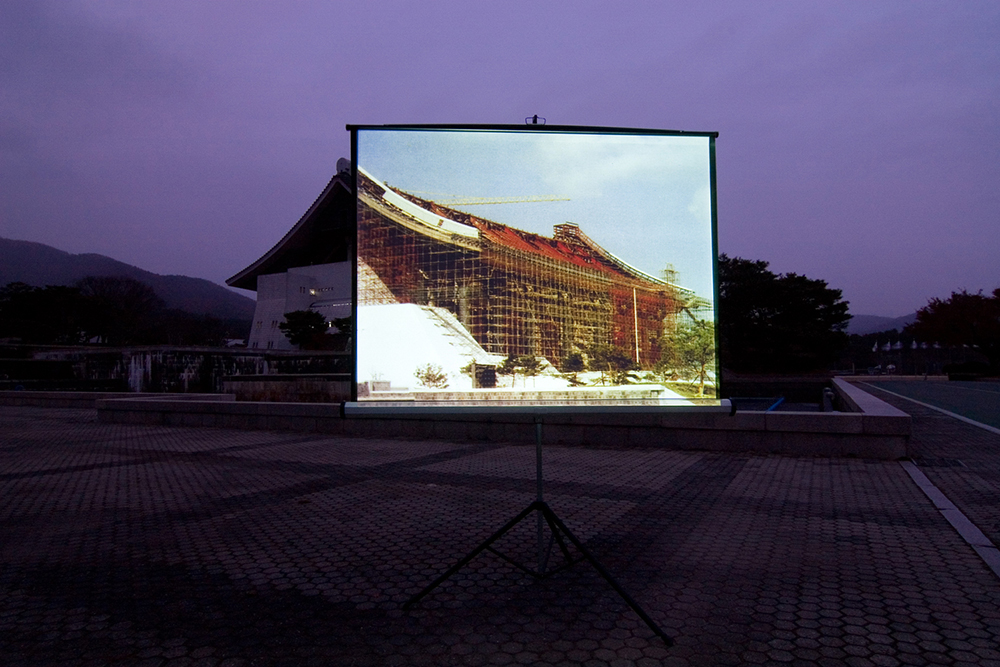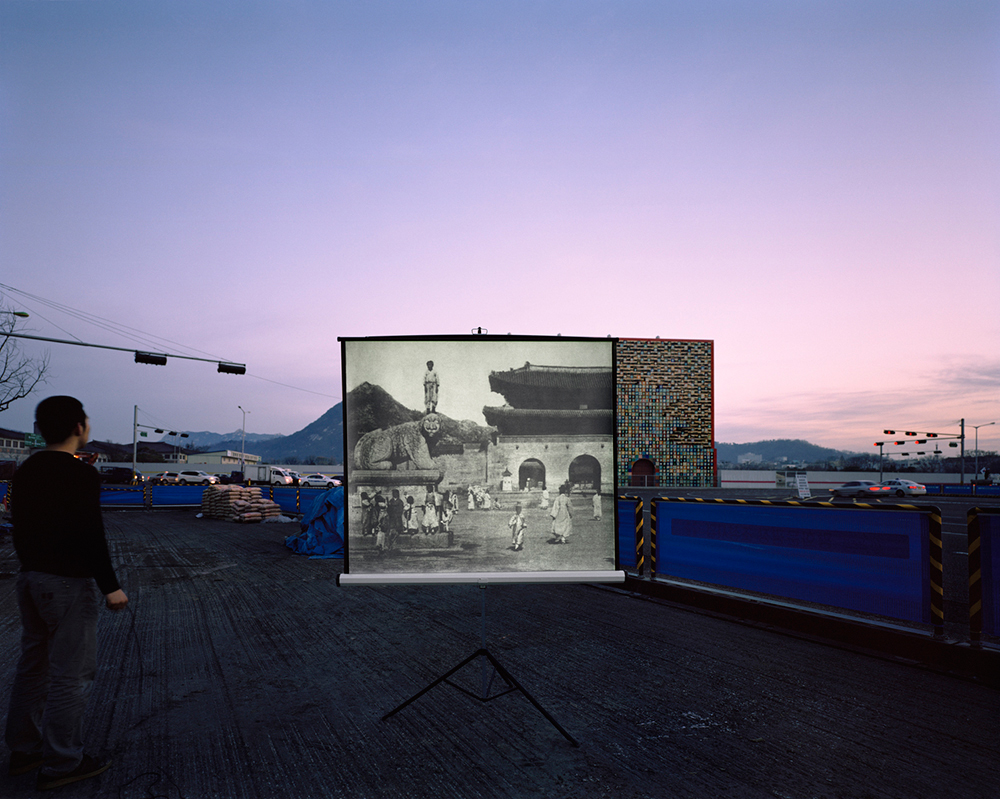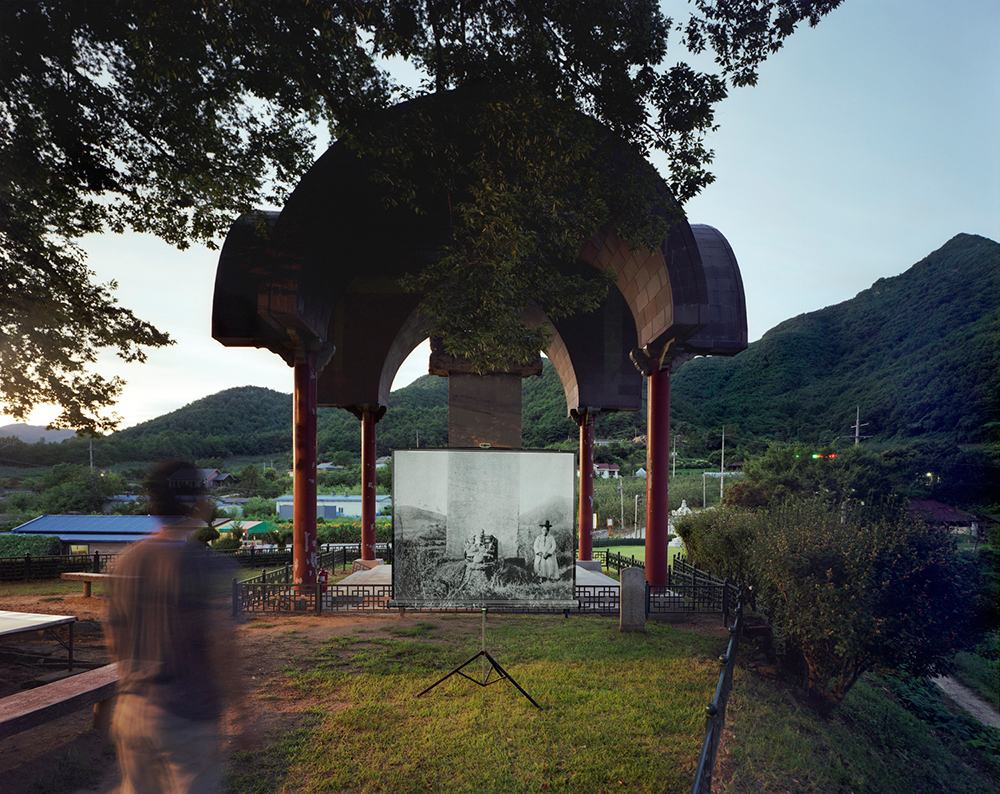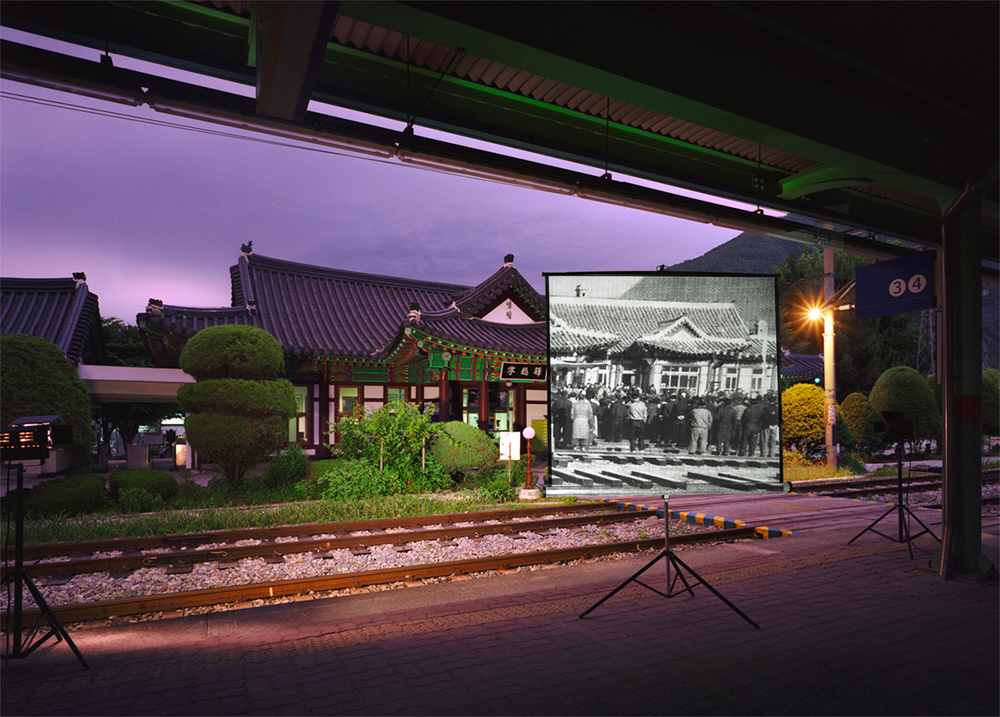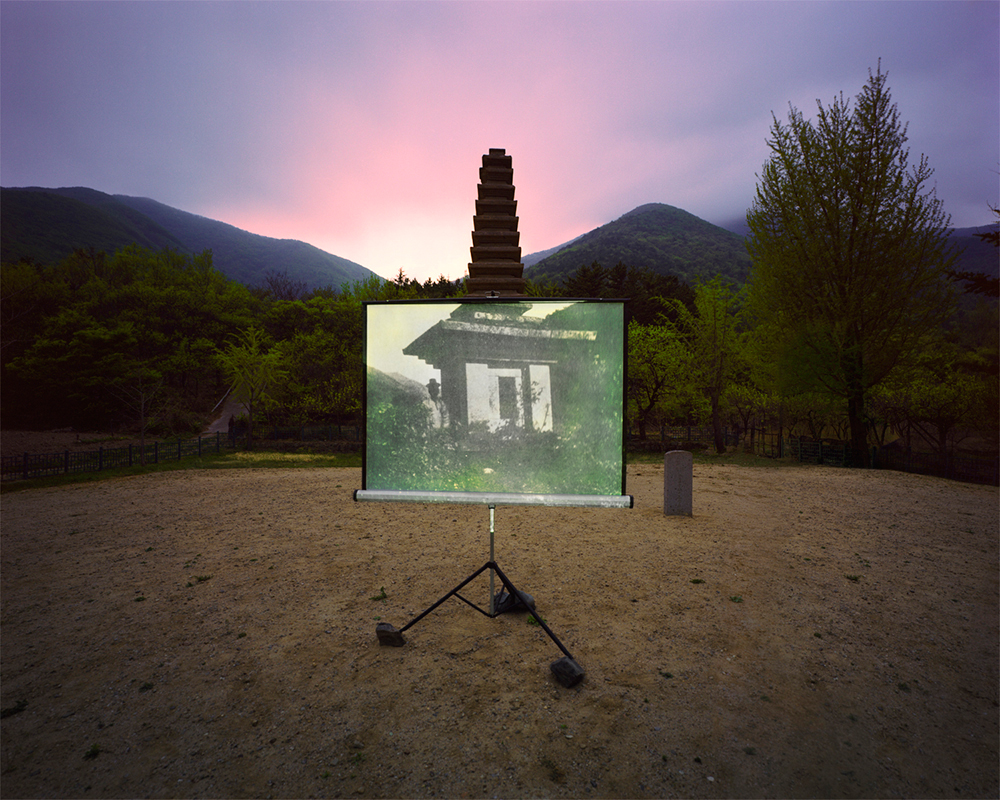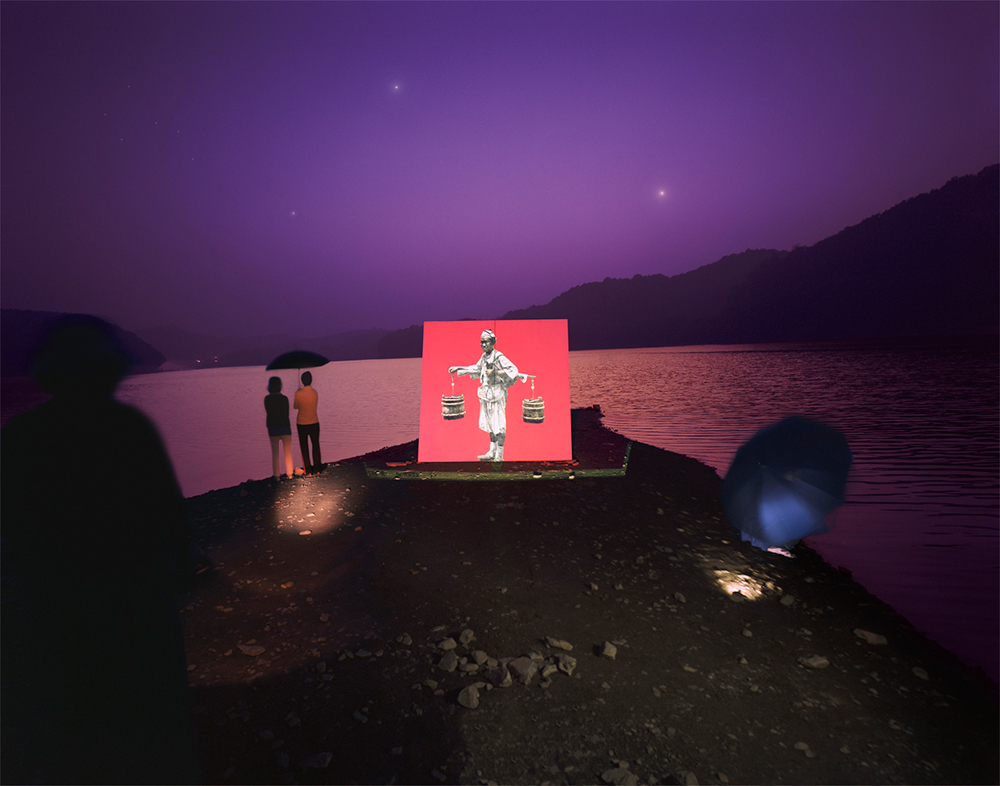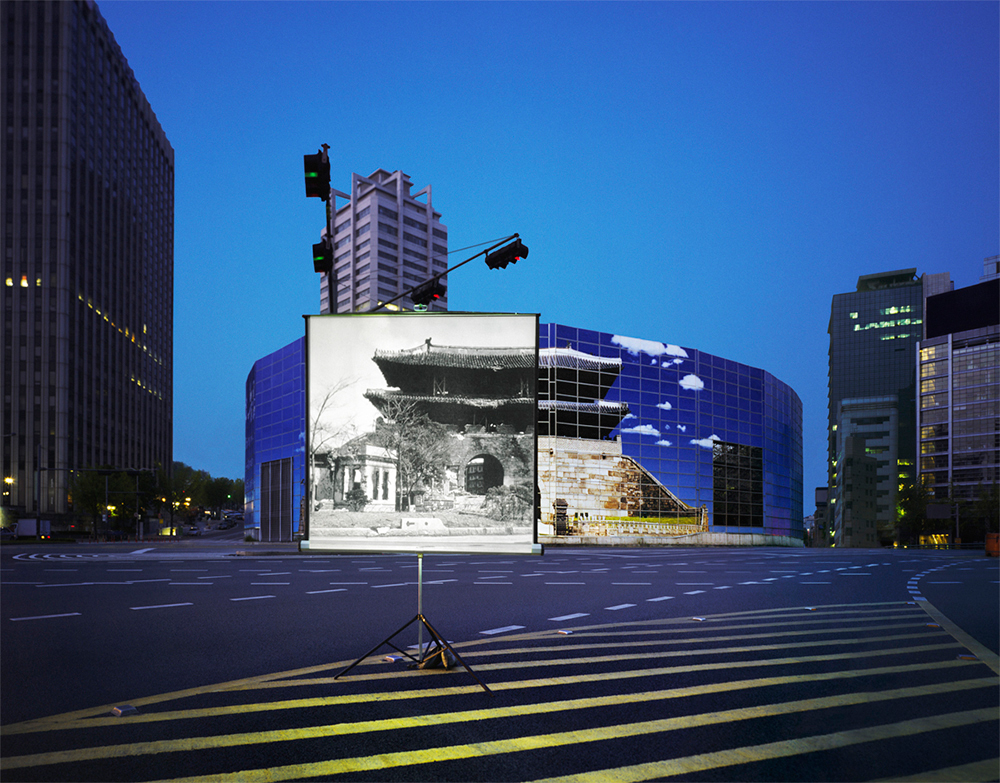Korea Week: Sung Seok Ahn
Sung Seok Ahn was born in Suwon, South Korea in 1985, and lives and works in Suwon and Seoul. He graduated from the Sangmyung University with a degree in Photography and visual media. He has had many solo exhibitions in Korea and also has been participated in many group shows in Korea, Japan, China, UK and the US.
Historic Present
The Historic Present project was intended as a study on the essence of photography, an effort to recollect the memories of changing spaces. I had questioned what is it that we discuss when the present and the past named history make a conversation. This is the result of such quest. Presenting interconnection and infinity and beyond that follow historic present, the exhibition observes how our reality is transformed into an imaginary fantasy, where the infinitely invisible scenery that used to unfold in history appears in real life. Living in the contemporary Korean society means piling up layers of unorganized time. The way it is changing takes us somewhere unknown in haste. Florescent light moving in deep, heavy colors comes in sight. 11:20 am. When the traffic lights at Gwanghwamun intersection flush in red, ‘they’ occupy and control the road without a moment of hesitation. The 5-laned concrete road is emptied and parade actors dressed in Joseon era wardrobe step in. A long parade of more than a thousand participants begins on the road thickly covered in concrete with the soaring skyline guarding the sides. Horses and jockeys that would have dashed the racing tracks just yesterday have decorated themselves in battle garments and are parading down the Gwanghwamun road. A seemingly heavy royal carriage makes its appearance but the workers carrying it must be some strong men since they show no sign of trouble with what they are doing. It was only when I look at their feet that I realize my thoughts have been wrong. Beneath the draping cloth covering the carriage, are some robust wheels rolling away. Such bizarre reality that seems to reflect the true nature of this event is witnessed from afar, where the banner printed with Gwanghwamun’s signboard cleverly covers the originals under restoration, tied to the poles that stand out so much.
This is how the infinitely invisible scenery that used to unfold in history appears in real life. The flood of camera flash filling up the streets in search of an imaginary illusion makes this moment only more fantastical. The royal parade that I had simulated in my head based on the data and imagination is overlapped with the contemporary factors, and reorganized to make it look like a whole new stage. Such changing historical places intrigue my senses and along with a new media experiences they have summoned a potential space into my mind. The project is built on the curiosity questioning how closely our memory of the past is attached to the present and how much effect can such memory have on a person’s life. The curiosity is composed of photographic work recalling the memory on changing spaces, interview with those living in the contemporary world, and the moving images that have reinterpreted and relocated the space we own. The bizarre scenery at Gwanghwamun never fails to tell me a vivid story. The fountain gushing up from the marbled floor, children busy roaming through those columns of water, parents in tears looking for their lost child, innumerable cops and street cleaners spotted everywhere including in front of the American embassy, people clearly upset fearing their visa may be rejected for no reason, tourists taking photographs in front of gigantic statues, etc. The memory stemming from the photographic documents on cultural heritages is linked with the world today to produce images which again are modified and penetrated so that the old scenery is newly manifested once again. Rendezvous, natural environment, mundane events, history and local characteristics as well as the unique feelings of the place are combined together to create a new story. Such specific space adds a tale to my life and a number of emotions and events derived from it significantly inspire my work. The series is made up of moving images, photographs and noise of the place. Through photographic data contained in one single image and the documents left behind in the form of texts, I hope to approach the certain psychological void that emerges as we live our lives forgetting. Taking a creative form for a vivid experience of existential life drama was another goal of mine.
Posts on Lenscratch may not be reproduced without the permission of the Lenscratch staff and the photographer.
Recommended
-
Tara Sellios: Ask Now the BeastsApril 6th, 2024
-
ALEXIS MARTINO: The Collapsing Panorama April 4th, 2024
-
Emilio Rojas: On Gloria Anzaldúa’s Borderlands: The New MestizaMarch 30th, 2024
-
Artists of Türkiye: Eren SulamaciMarch 27th, 2024
-
Love and Loss in the Cosmos: Valeria Sestua In Conversation with Vicente IsaíasMarch 19th, 2024

